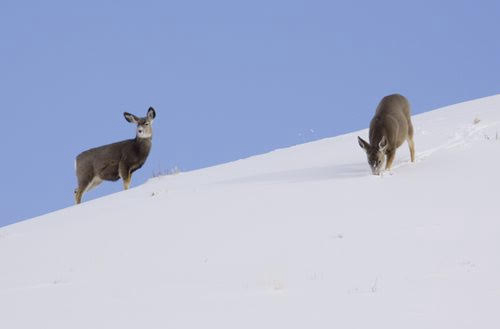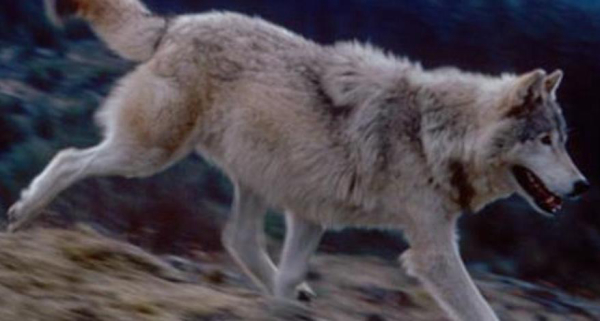Michigan DNR: Wolf survey results indicate no significant change in state’s wolf population
GW: So science has it right again. We didn’t kill ’em all. But, we are sure to hear the cries of wolf from the Humane Society of the United States.
The results of Michigan’s 2014 wolf population survey indicate no significant change in the estimated number of wolves in the Upper Peninsula compared to the results of last year’s survey, Department of Natural Resources Wildlife Division officials said today.
DNR wildlife biologists estimate there was a minimum of 636 wolves in Michigan this winter, with a confidence interval of plus-or-minus 42 animals. In comparison, the 2013 population estimate was 658 wolves, with a confidence interval of plus-or-minus 56 animals.
“Based on the 2014 minimum population estimate, it is clear that wolf numbers in Michigan are stable and have experienced no significant change,” said Adam Bump, DNR furbearer and bear specialist. “We also did not see a significant difference in the number and average size of wolf packs as compared to 2013.”
The wolf population survey is completed by DNR Wildlife Division and U.S. Department of Agriculture-Wildlife Services staff, who search specific zones for wolf tracks and other signs of wolf activity. While the survey is primarily a track survey, it also utilizes radio-collared animals and aerial observation, which when combined with the information from the field work produce a minimum population estimate and confidence intervals. In 2014, approximately 63 percent of the Upper Peninsula was surveyed.
Since wolves returned to the Upper Peninsula in the 1980s, the population steadily grew until recent years when growth began to level off, which is what wildlife biologists expect to see when a recovered population approaches its biological carrying capacity. In the past few years, Michigan’s minimum population estimate has hovered between 600-700 wolves.
In 2013, the DNR established a wolf management hunt in the Upper Peninsula, with three designated hunt units and a target harvest of 43 wolves, of which 22 were taken. The hunt was implemented to help reduce wolf-related conflicts in areas with persistent issues despite the use of other non-lethal and targeted lethal techniques. Wildlife managers specifically designed the hunt to minimize negative behaviors demonstrated by packs at the local level without impacting the overall population.
“The fact that the 2014 estimate is 22 animals lower than the 2013 estimate is purely a coincidence.” Bump said. “We are using an estimate rather than counting all individual wolves on the landscape. In addition, wolf numbers vary greatly within a single year due to the birth of pups in the spring, and deaths from many causes of mortality other than hunting. What the estimate tells us is that the population has remained stable.”
The results of the 2014 wolf population survey will be one piece of data considered by DNR wildlife biologists as they evaluate current wolf management strategies, including the management hunt.
For more information about wolf management in Michigan, visit www.michigan.gov/wolves.






